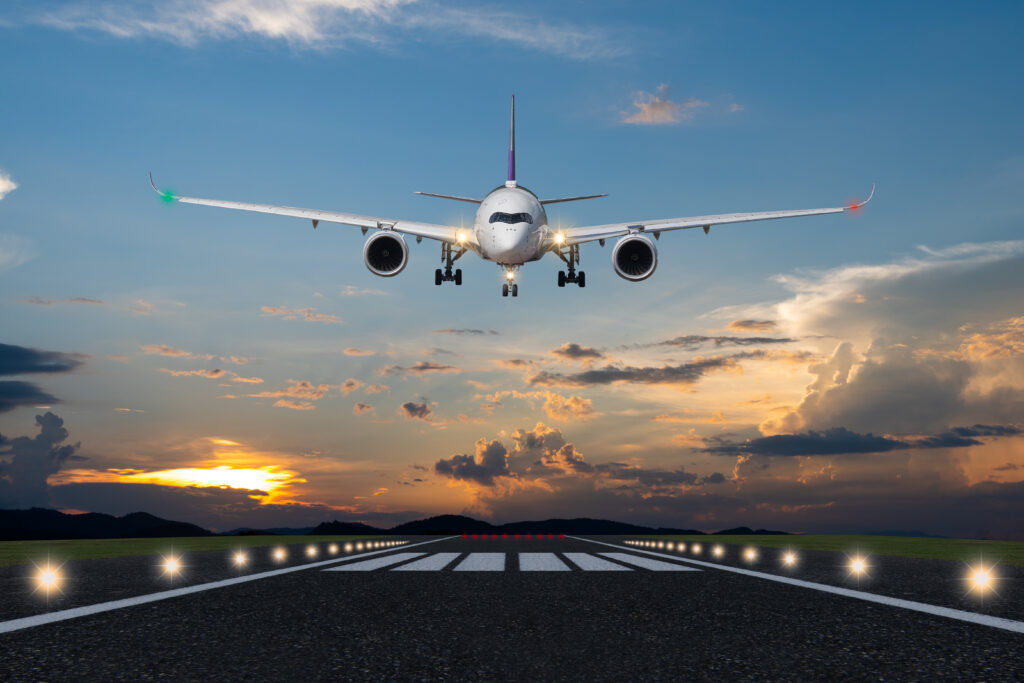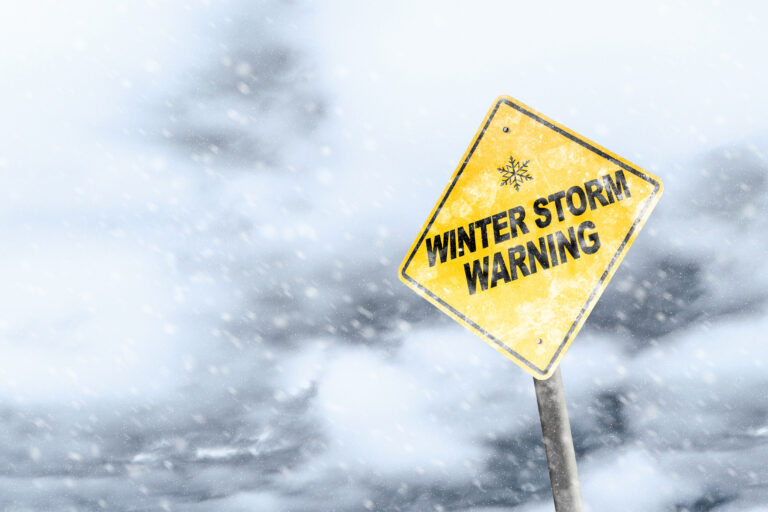Why Some Airports Are Known for Turbulence
If you’ve ever gripped your armrest while landing or taking off, you’re not alone—some U.S. airports are notorious for turbulence. From natural geography to unpredictable weather patterns, a number of factors contribute to rough rides in and out of certain cities. Now, thanks to pilot reports and flight data, we have a clearer picture of which airports are most likely to give you a bumpy experience.
While turbulence doesn’t pose a threat to the safety of modern airliners, it can make for an uncomfortable flight and, in some cases, injure passengers or crew who aren’t buckled in. Pilots train for these conditions, but if you’re a nervous flier, knowing where the choppiest airports are can help you prepare—or at least tighten your seatbelt a little sooner.
Denver International Airport (DEN)
Sitting on the edge of the Rocky Mountains, Denver is practically built for turbulence. The airport is famous for its frequent encounters with mountain wave activity and strong crosswinds, especially in the winter and spring. Pilots report turbulence as a regular occurrence on both approach and departure, especially when strong winds blow from the west.
Los Angeles International Airport (LAX)
LAX may enjoy sunny skies most of the year, but its location between the Pacific Ocean and surrounding mountains creates a recipe for rough air. Onshore winds, temperature inversions, and coastal eddies often stir up bumpy conditions during descent. Passengers on afternoon and evening flights often report choppy conditions, especially in summer.
Salt Lake City International Airport (SLC)
Nestled between the Wasatch Mountains and the Great Salt Lake, Salt Lake City is another prime spot for mountain-induced turbulence. Inversions and shifting wind patterns can create significant instability in the air, particularly when cold fronts roll in.
Las Vegas Harry Reid International Airport (LAS)
Las Vegas is famous for its heat—and heat means thermals. Rising columns of hot air during the day, especially in summer, frequently cause bumpy takeoffs and landings. Add in nearby mountains and strong desert winds, and you have an airport where smooth flights are never guaranteed.
Honolulu Daniel K. Inouye International Airport (HNL)
Flying into paradise doesn’t always mean smooth skies. Honolulu is surrounded by water and mountainous terrain, which can cause swirling winds and sudden shifts in air pressure. Localized gusts and wind shear near the airport often result in choppy conditions, particularly when trade winds are strong.
Newark Liberty International Airport (EWR)
Located near the coast and surrounded by urban development, Newark can experience rough turbulence due to jet stream interference and frequent storm systems. The airspace is also extremely busy, meaning pilots have less flexibility to maneuver around unstable air, making for a bumpier ride in crowded skies.
Why These Airports Matter for Travelers
Knowing which airports are most prone to turbulence doesn’t mean you should avoid them—it just helps set expectations. Pilots are trained to handle these conditions, and modern aircraft are built to withstand far more than a few bumps. Still, if you’re flying in or out of one of these locations, it’s a good idea to keep your seatbelt fastened and avoid hot drinks during takeoff and landing.
Turbulence can’t always be predicted, but thanks to growing pilot reports and improved data collection, airlines are getting better at warning passengers in advance. And while a bumpy flight might shake your nerves, it’s all part of flying through some of the most dramatic landscapes in the country.


